There’s no point burying the lead — Miracle (or Miracol), the new film from Bogdan George Apetri, is a masterpiece, what Owen Gleiberman of Variety called “one of the best films I’ve seen at the Venice Film Festival” and one “staged with inexorable skill.” Miracle is many things: a mathematical puzzle, a spiritual tone poem, a gritty mystery, and above all an emotionally devastating but quiet testament to how ‘arthouse cinema’ is alive and well in 2022.
Miracle is actually the second in a loose trilogy of films, preceded by Undefined and followed by an as-yet unmade film taking place in the same world of the others, namely the small Romanian town where Apetri was raised. Each film features characters from the others, something Apetri likens to the author Balzac, who sometimes weaved his protagonists in and out of slightly overlapping narratives. It’s unnecessary to see all films in the trilogy to appreciate any picture individually, but the world the filmmaker fleshes out in the three films is worth experiencing altogether. So far, though, Miracle may be Apetri’s masterpiece.
Bogdan George Apetri From Romania to NYC and Back
Apetri’s Romanian films are receiving a lot of attention, but the filmmaker actually moved to New York from Romania more than 20 years ago; he was actually a criminal defense attorney who put aside his life up to that point (“everything I did before was completely erased,” he says) and decided to study film at Columbia University. He had arrived just two weeks before the 9/11 attacks which, beyond being a world-changing catastrophe, was “a lesson in filmmaking” for the burgeoning young director. What he learned about time, human fallibility, and violence seems evident in aspects of his work.
“I was inside the buildings just two days before,” Apetri says, referring to the Twin Towers. “I realized that absolutely nothing is permanent. It was my first week in New York, and I thought to myself, ‘how can humans build something like this?’ It was unbelievable. And then I thought, ‘how will it come down?’ Because every bridge has a lifespan.” Apetri seems to be fascinated with collapse in many ways, and how individuals and society at large deal with life-changing events. “Literally 48 hours later, after I was inside, they collapsed. I think it was an artistic lesson as well, that nothing is permanent. Everything can crumble, almost like in this movie.”
Lives crumble in Miracle, a film where a young novice nun sneaks out of her convent one day in order to go to the hospital. The viewer follows her in a series of long takes; just 42 precise and detailed shots are in the film, compared to the rough average of 1,050 shots per movie. These inquisitive shots detail the woman as she takes a cab, gets to the hospital, wanders the city, and heads back to the convent. Halfway through the film, the perspective shifts to a detective who is investigating the woman’s disappearance after she failed to return to the convent.
The Two Mirrored Halves of Miracle
One of the remarkable things about Miracle is how the two halves of the film mirror each other; if one were to play each part of the film simultaneously, they’d notice the mathematical precision to which camera shots, sound design, and dialogue are linked. Far more than simply a technical experiment, this mirroring creates a deep and almost spiritual connection between each different half of the film. “I imagine it as a book that you open it in the middle, and the second half is a carbon copy almost of the first. So I tried to push it as much as possible while trying to stay away from people instantly realizing it, but more in a subliminal way.” Apetri elaborates:
So for example, the sounds are exactly the same when each halves of the movie begin. She’s in the convent, and when the second half begins he’s in the same convent room too, and it’s the same exact sound, same exact birds, so I wanted to sort of unite these two characters. Apparently they’re just united by a procedural, but they’re united on an emotional and subliminal level, so you understand with your heart if you don’t get it with your head, that there’s way more of a deeper connection between them. Sound was very important, but sometimes it’s camera moves, angles, sometimes it’s in opposition.
The two halves of Miracle are in communication with each other, with certain scenes and frames shot as if the two main characters are in dialogue despite not being in the same room (like “trying to have them face each other, in a way,” as Apetri says). Apetri films and analyzes these scenes in an almost academic way, while still retaining their emotional and visceral power; this is appropriate, considering he teaches film at the revered film school at Columbia in New York.
He hasn’t directed much in the past two decades, but this trilogy of Romanian films seems to have taken everything he’s learned and taught and then implemented it with two recent movies as brilliant as any of the best international films throughout recent decades, from Nuri Bilge Ceylan to Michael Haneke.
A Romanian Movie, a Universal Tale
There is a lived-in quality to the films Apetri is making, something beyond the fact that the world is fleshed-out with developed characters like doctors, nuns, cops, and taxi drivers who cross over from film to film. A large part of this is owed to the fact that he is returning to his hometown to film them, which, beyond being logistically useful as a space he knows very well, is a place that the director uses as a microcosm for the human experience. “It’s always more interesting to go deeper rather than wider,” Apetri says, preferring to probe pointedly inward rather than explore larger worlds he didn’t know.
In his small town, “I know how people talk,” Apetri says. “I know how people open doors. I know how they joke. I know the police department there because I worked as a lawyer 22 years ago. So I know how they talk. I know how they drink coffee. I know how they open the window.” This is what Apetri means by going deeper — investigating a live-in world he knew could be a microcosmic stand-in for the universal.
The microcosmic is particularly important to Apetri’s cinema because he has a very specific method for making a film, something he frequently refers to as ‘the square.’ This colloquial metaphor could best be understood as a kind of isolationism, relegating the filmmaking process away from the threat of outside influence; “let’s call it simply the world of the film,” the filmmaker explains. Apetri tries to write and produce his films in this ‘square,’ where he can always question where his ideas are coming from, if they’re subconsciously influenced by something else, and if they work within the specific tone and narrative of what is trying to be cinematically birthed.
Is Miracle a Romanian Film?
The process comes up when asked about the Romanian New Wave of films with directors like Catalin Mitulescu, Cristian Mungiu, and Cristi Puiu, and how Apetri relates to that cinematic movement. “Is this a Romanian film?” Apetri repeats, questioning whether it fits in with the stylistic and political movement. He continues:
I never asked myself that question, if I’m completely honest with you. I try to get interesting characters and interesting situations. I always draw an imaginary square on a piece of paper in my head, and I say that I want all the answers to come from within that square, not from outside. Is it a detective movie? That will be an outside question. I never asked myself that question. I don’t even care if I’m making an art movie or a commercial movie, or a detective movie or character study, and just say, these are my parameters, and I’m just going to get answers from there.
On the other hand, “you don’t make your movie in a vacuum,” Apetri says, “so it has to have something of that specificity.” It’s impossible to ignore the sociopolitical reality of context; for example, any piece of recent Ukrainian cinema can be analyzed with a political and cultural subtext, even if it’s not explicitly about politics, simply because of the recognition of its setting on the global political stage at the moment. The internationally banned A Serbian Film commented on this with its very title, questioning if a film can be made in Serbia apart from its political context and history, with a bloody “no” for an answer.
Spirituality and the Stunning Cinema of Miracle
While people could possibly find culturally specific political commentary in Miracle (especially through its musical references), the Romanian town in the film remains a microscopic representation of universal themes bound together by a sense of spirituality. The area featured in the three films “is the county with the most monasteries per square kilometer in Europe,” as Apetri says, so there’s certainly a realism and authenticity to providing religious backdrops for the films, but it goes much farther beyond that. “I think all artists are spiritual,” Apetri says, even though he isn’t explicitly religious. He views the objective position an artist takes when trying to tell a multilayered and complete story as a kind of spiritual practice, something we see in Miracle.
It’s impossible not to be spiritual as a filmmaker, because you’re dealing with human nature. You’re dealing with loves, hates, obsessions, desires, choices, mistakes, that’s all part of being spiritual […] Even questioning the nature of truth, I think, is spiritual. What is truth? You know, the doctor thinks one way, the first taxi driver thinks another way, a police inspector thinks one other way, his colleague and the other driver thinks in a completely different way. So what is truth? Who did what, and who is actually guilty? Who’s really the good guy, and who’s really the bad guy? Or are they both? I think even questioning truth is a spiritual thing in itself. I was trying to do that with this movie.
There is so much more to be said about Miracle, from its astounding and utterly mystical 16-minute closing shot to the great cinematography by Oleg Mutu and brilliant performances from Ioana Bugarin and Emanuel Parvu, but it’s truly a film people should experience themselves and see in theaters if possible. Apetri is working on financing for the third film in his trilogy now from the Romanian National Film Center, and hope to shoot in the Winter and release in the summer of next year.
In the meantime, Miracle is having its theatrical premiere on Friday, June 3, at New York City’s Film Forum after its festival appearances at the Venice, Hamburg, Vancouver, and Zurich Film Festivals. Apetri was awarded the Critics’ Prize from CinEast and the Grand Prix at the Warsaw Film Festival. Keep an eye out for Miracle, from Film Movement; it lives up to its title.
Read Next
Stay connected with us on social media platform for instant update click here to join our Twitter, & Facebook
We are now on Telegram. Click here to join our channel (@TechiUpdate) and stay updated with the latest Technology headlines.
For all the latest Education News Click Here

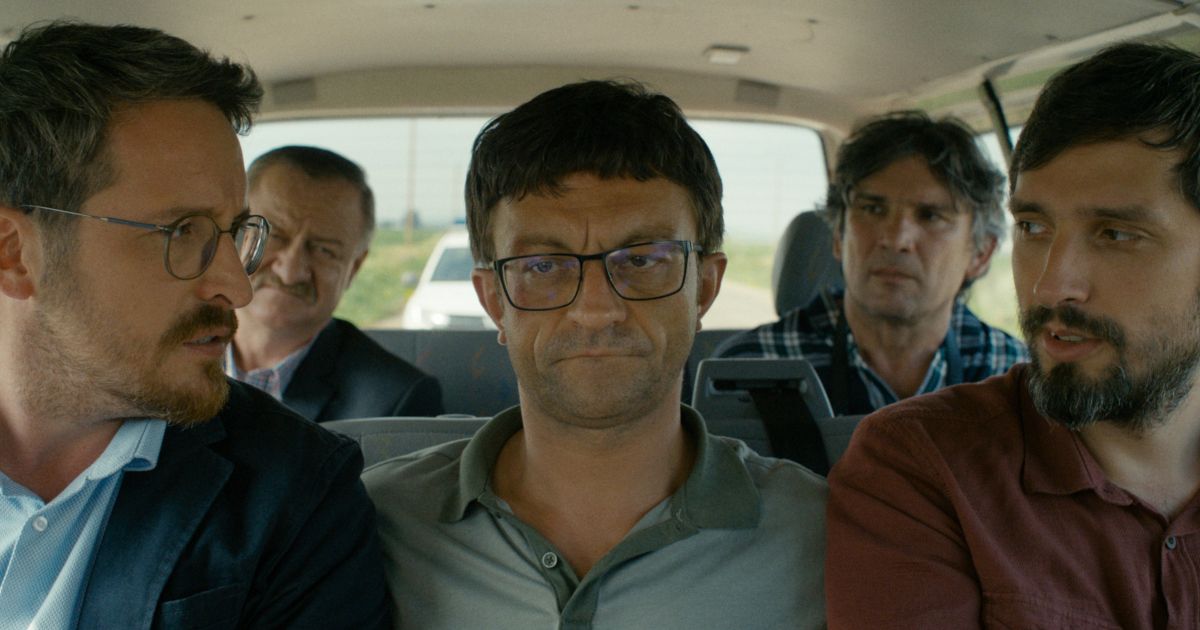
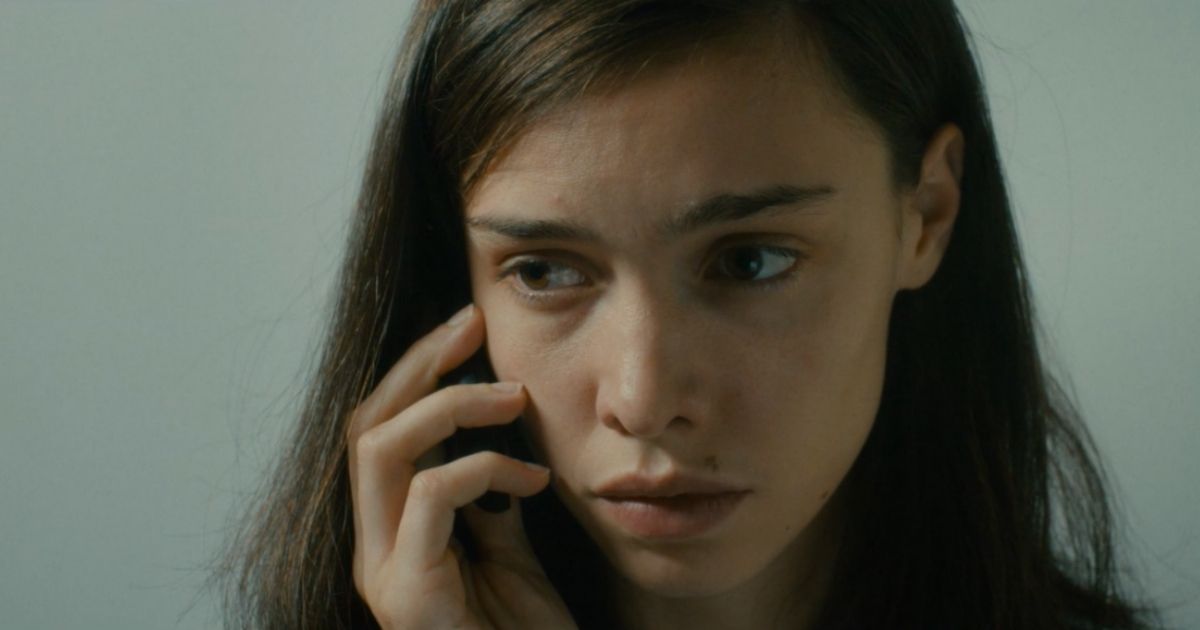
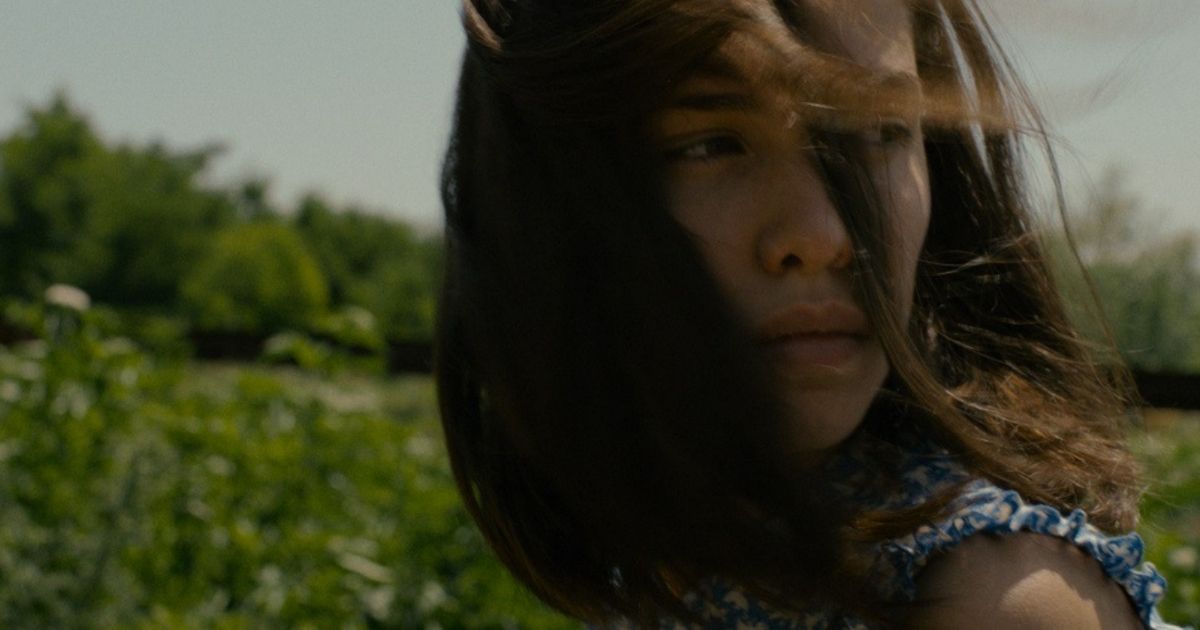
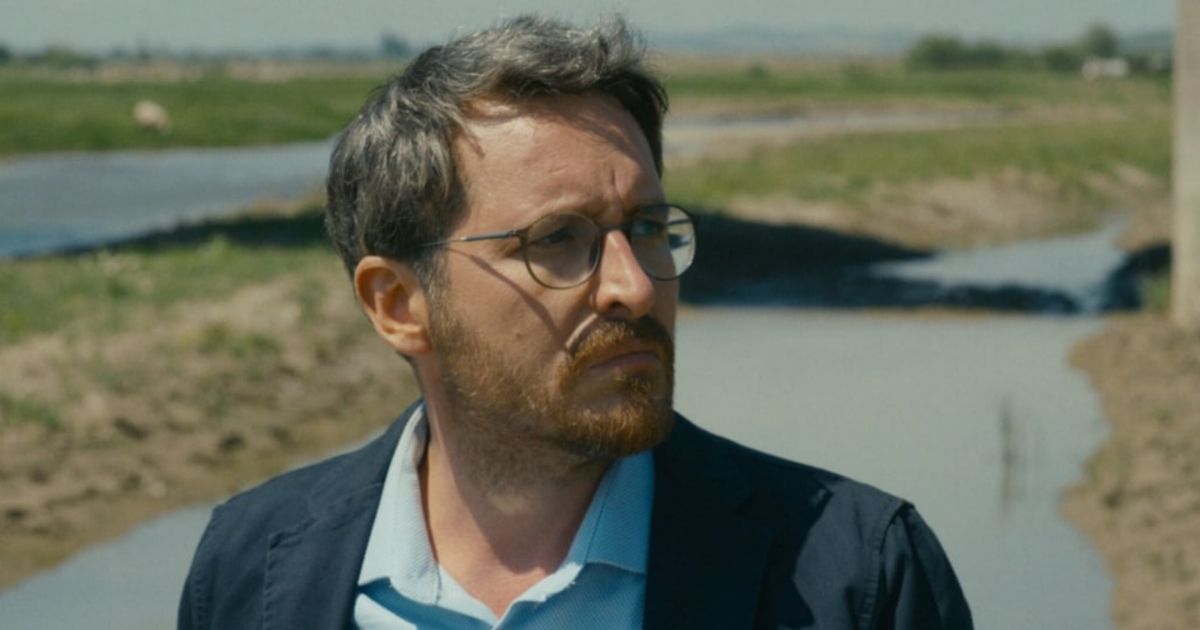
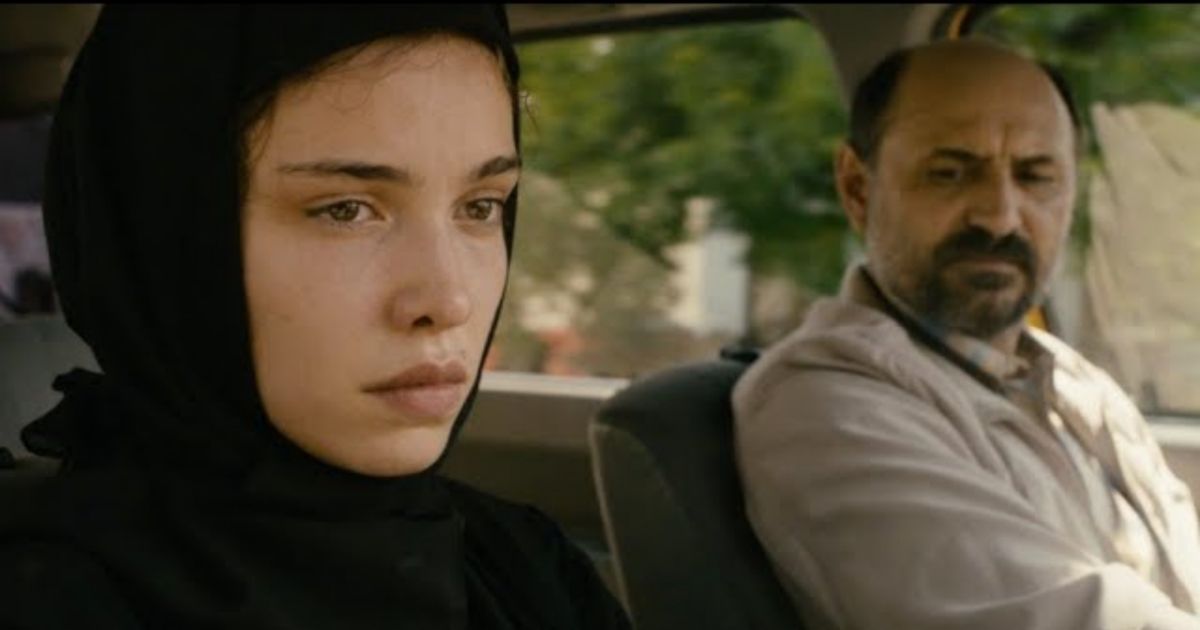
.jpg?fit=crop&w=100&h=100)